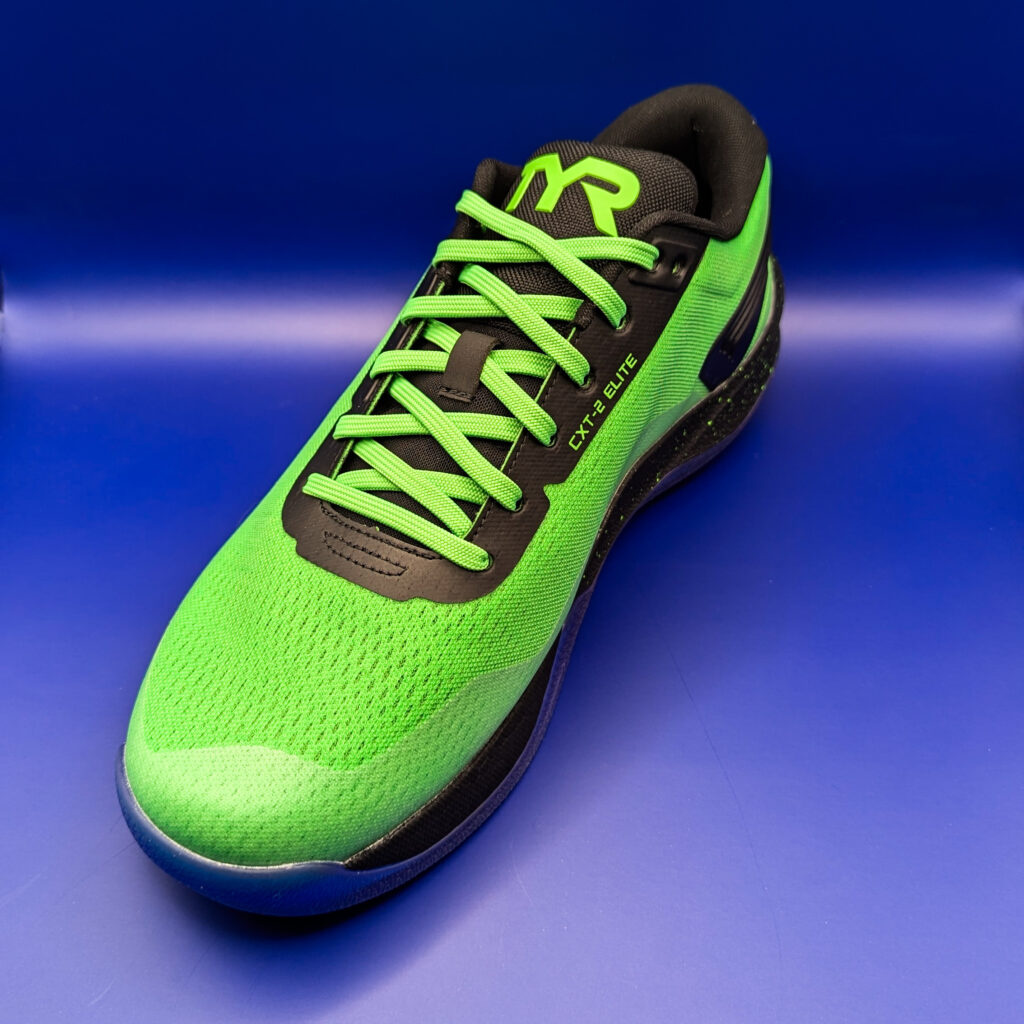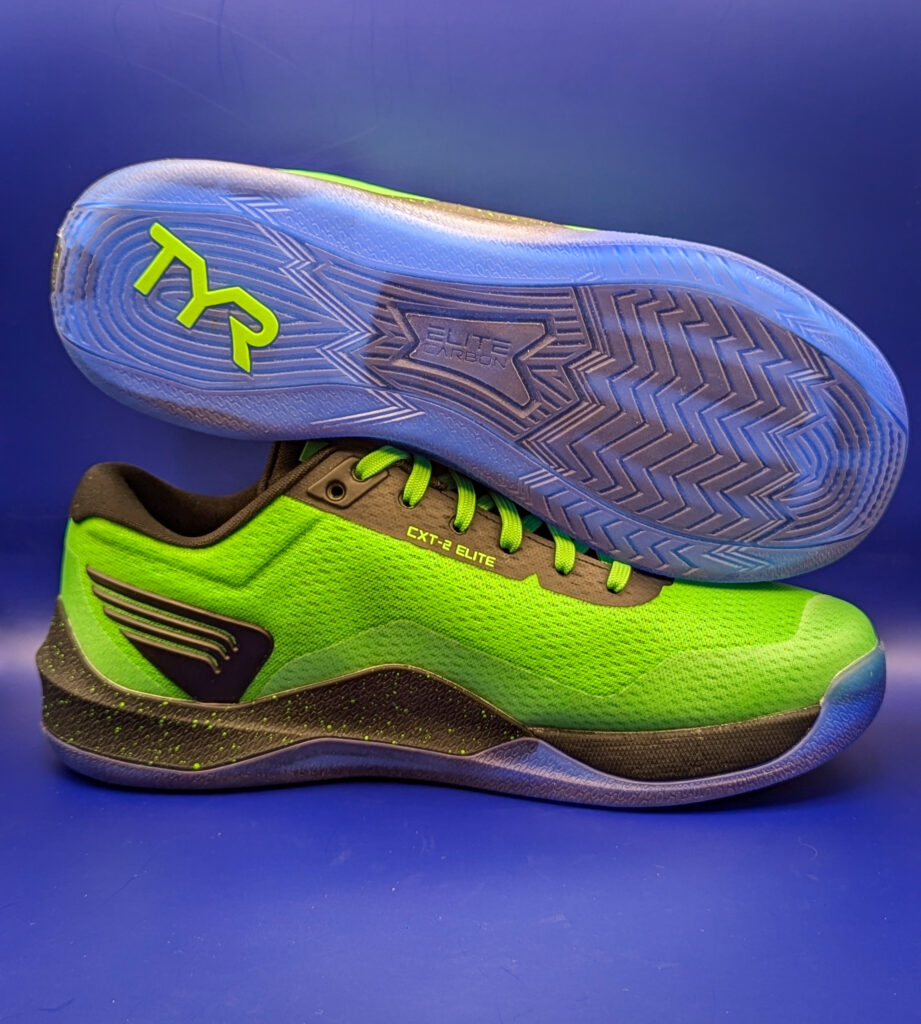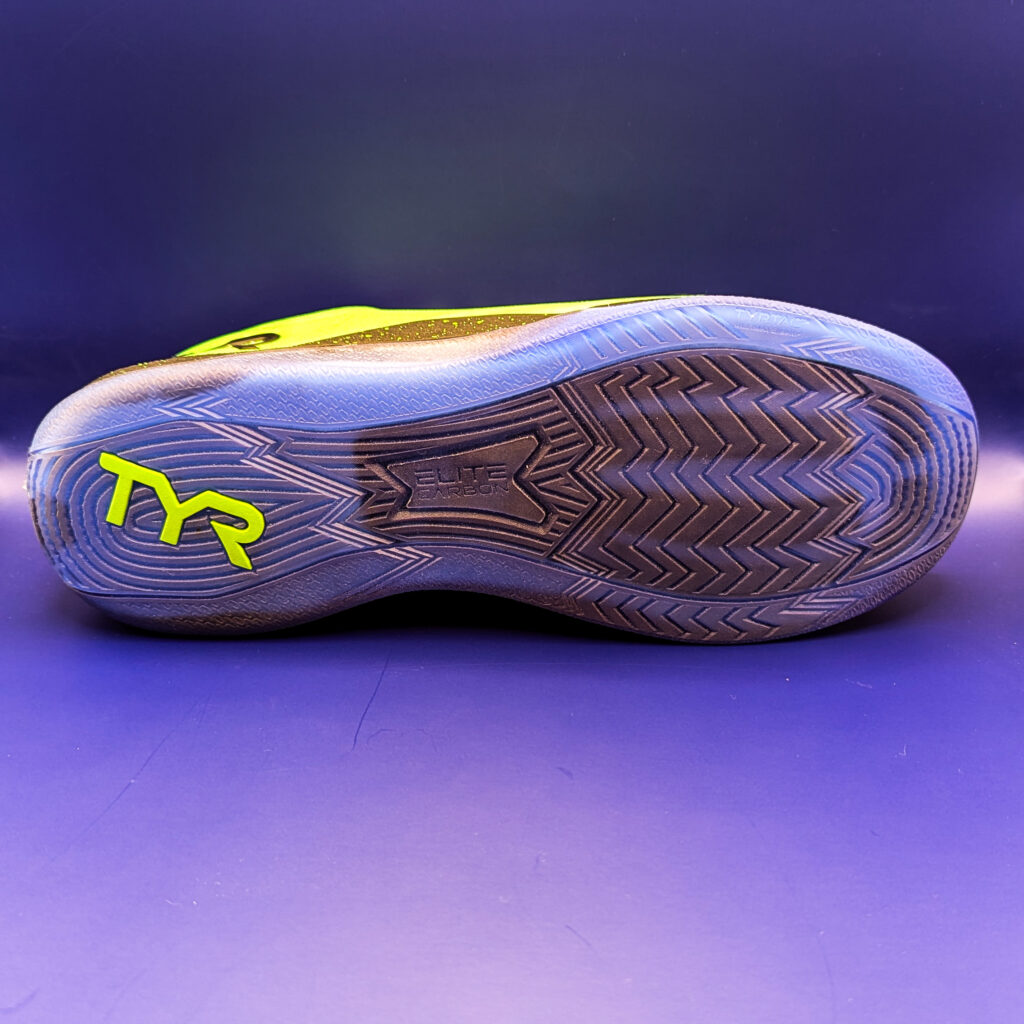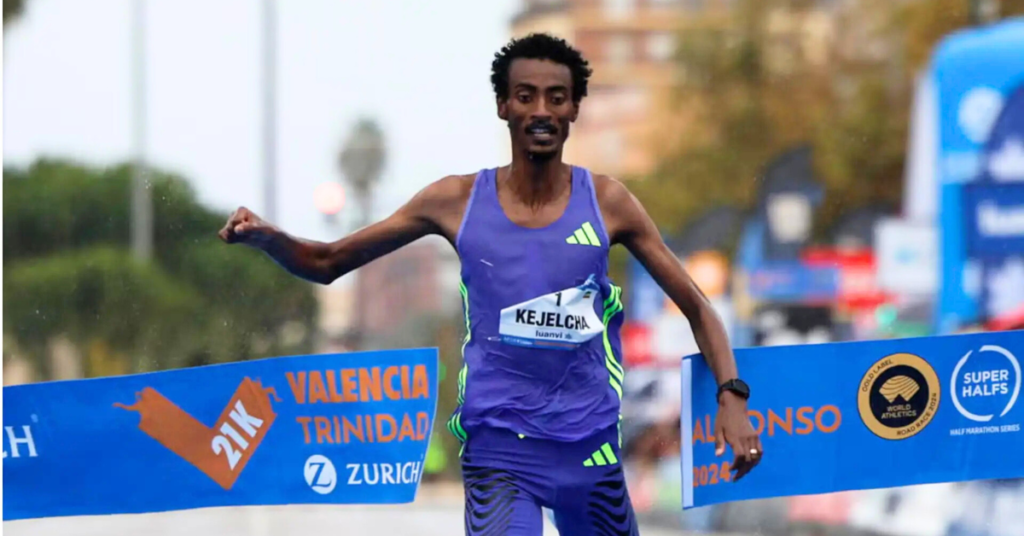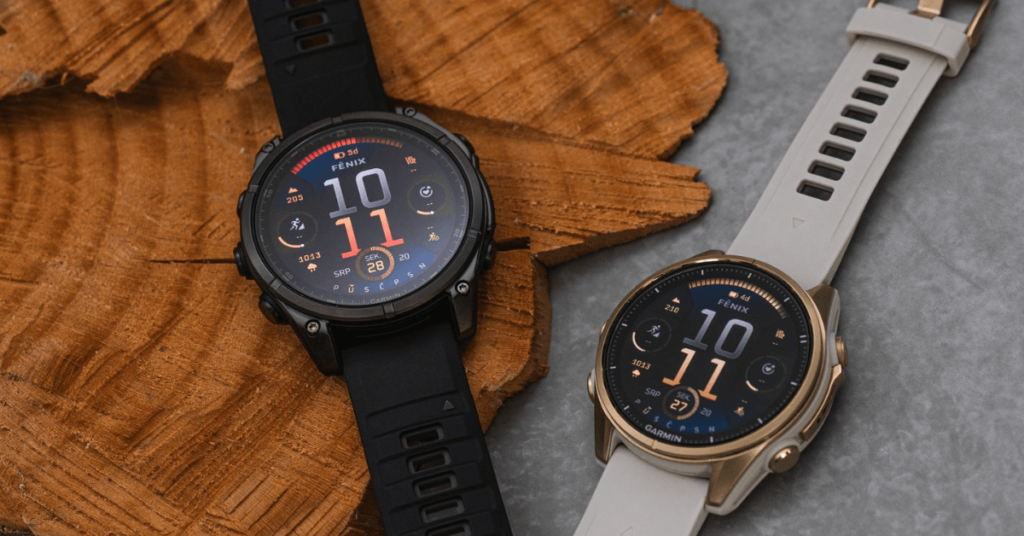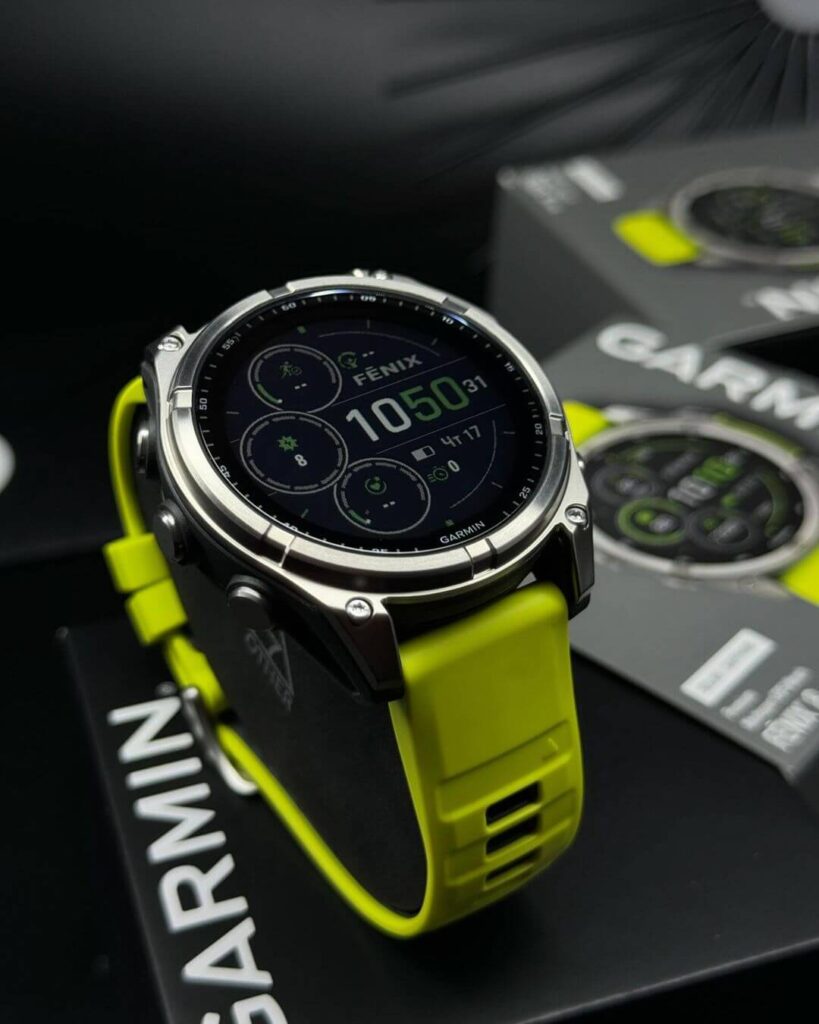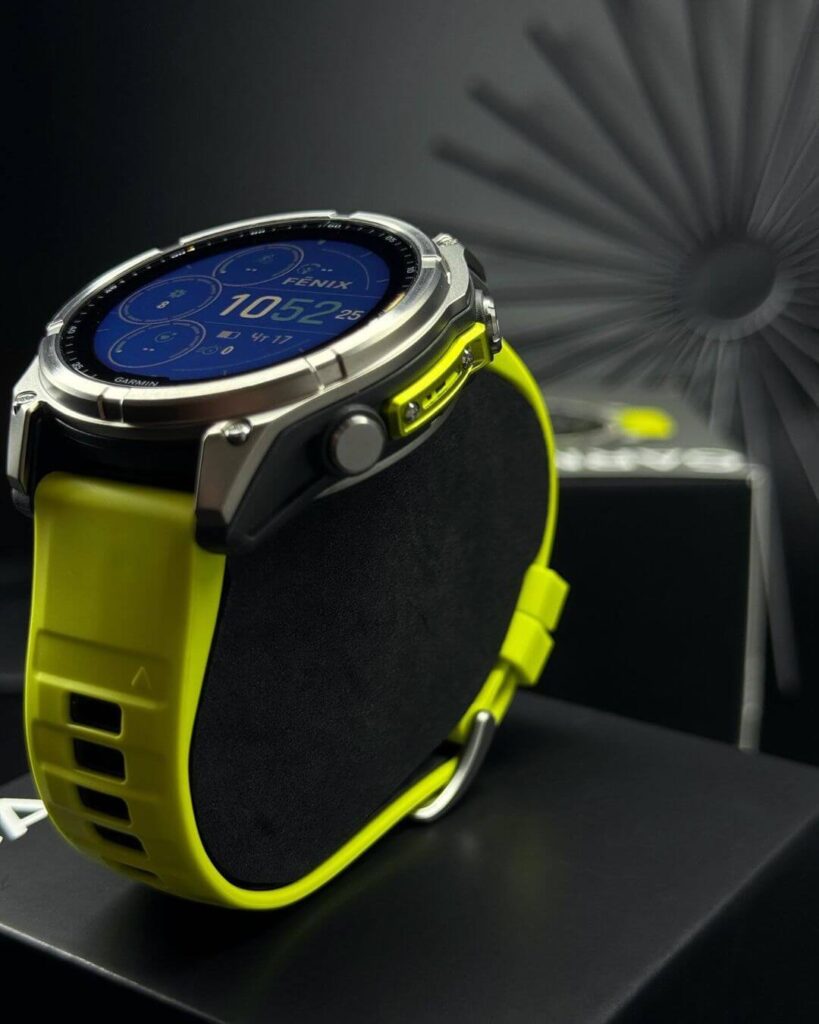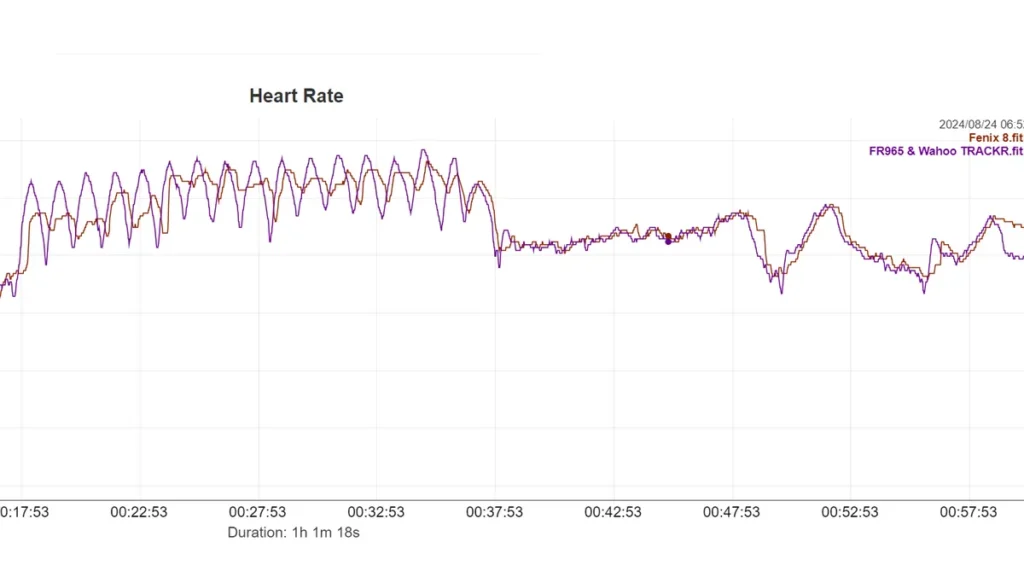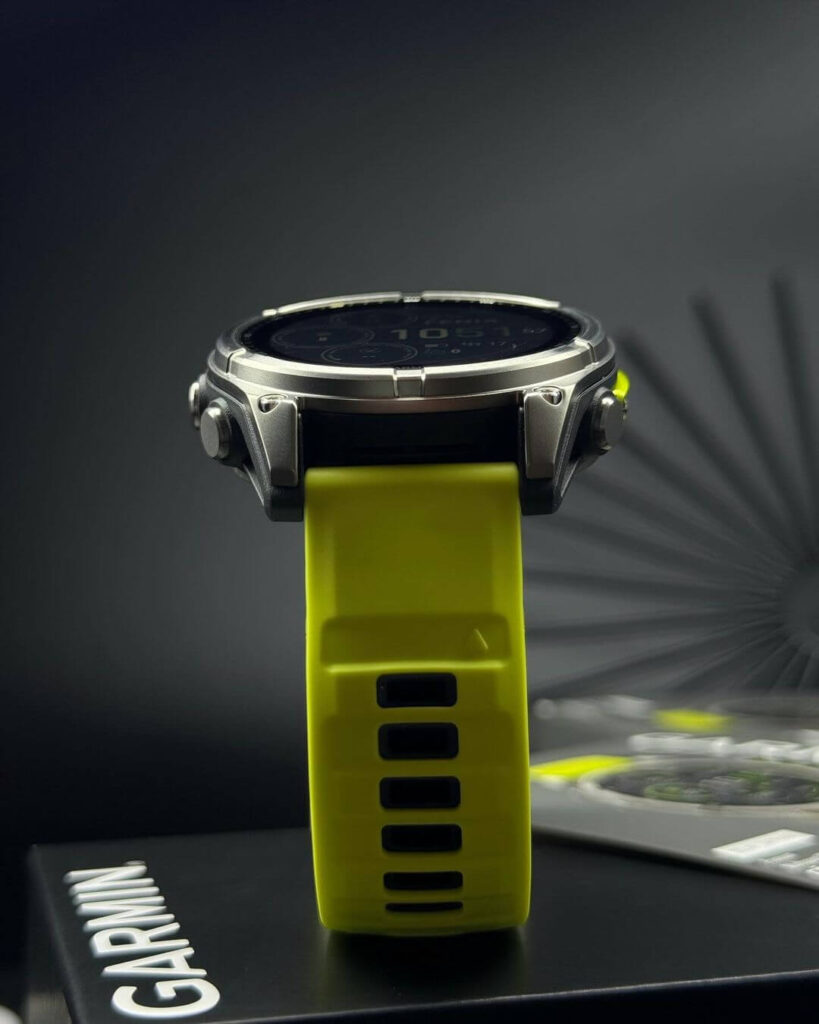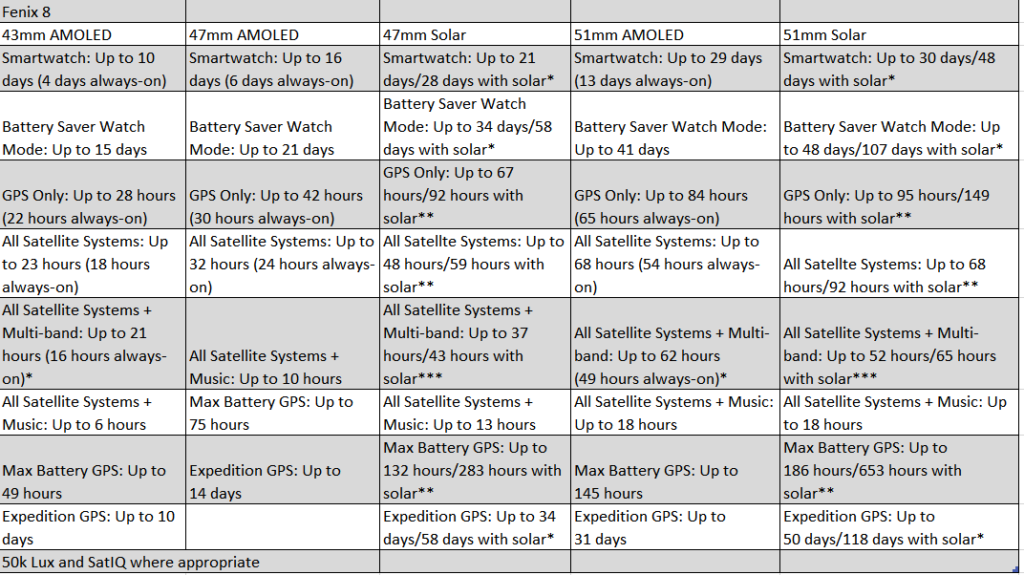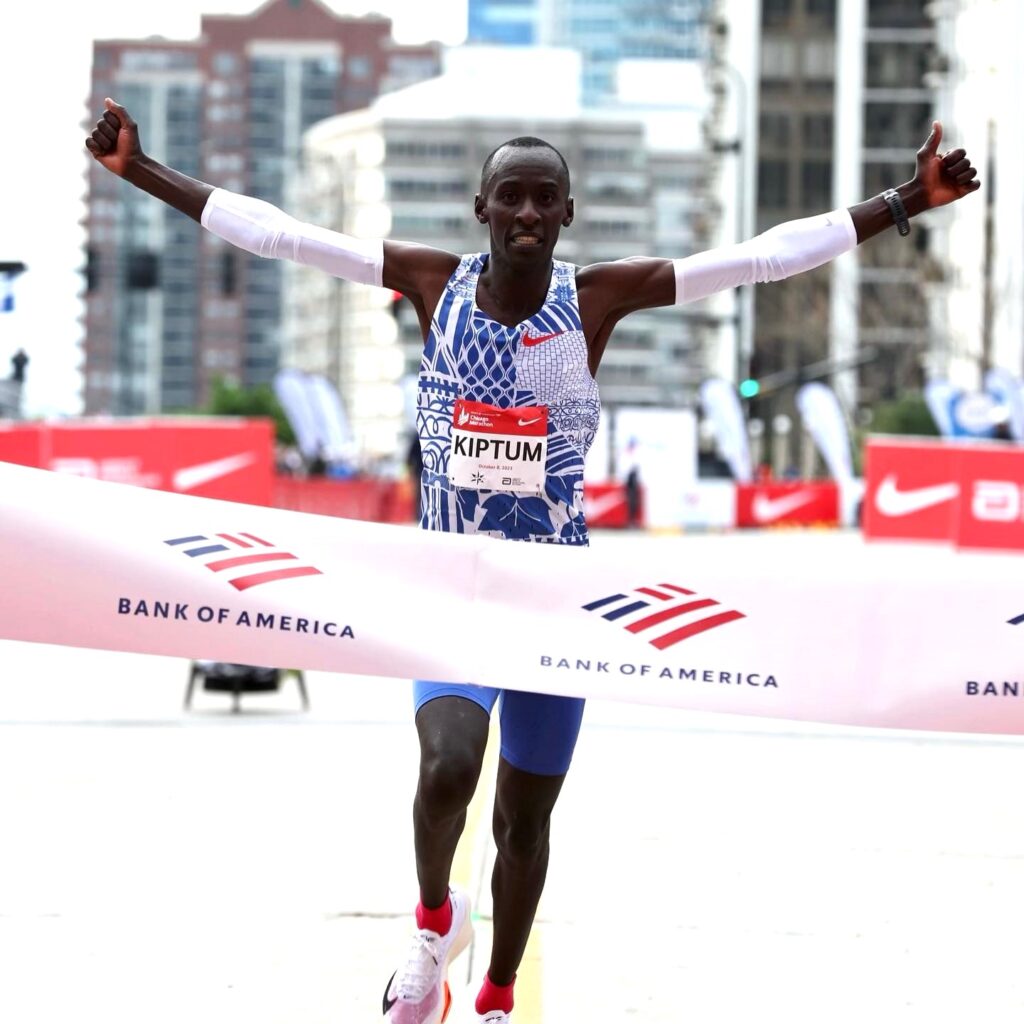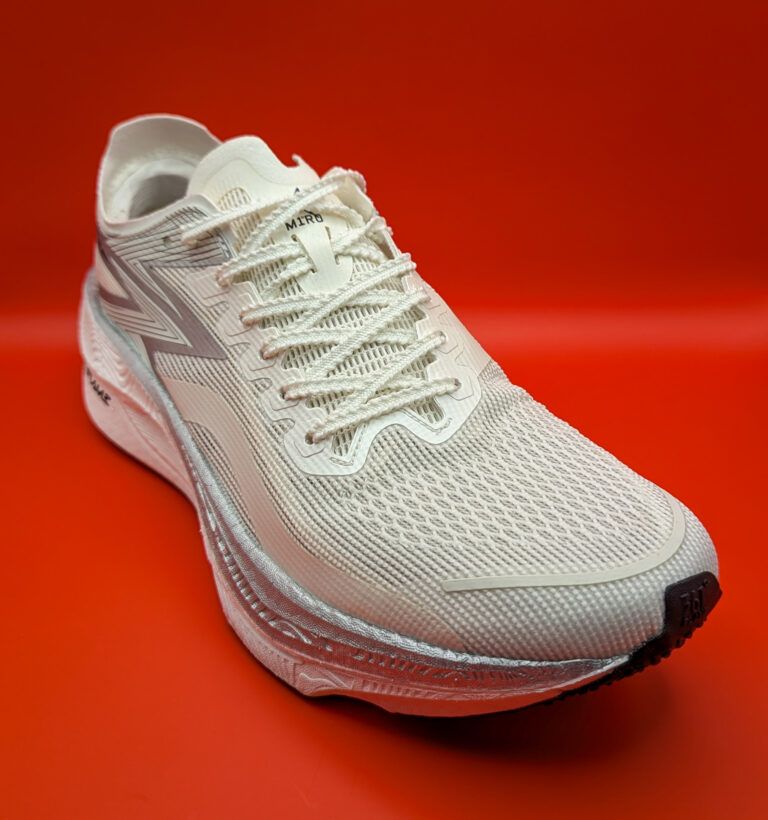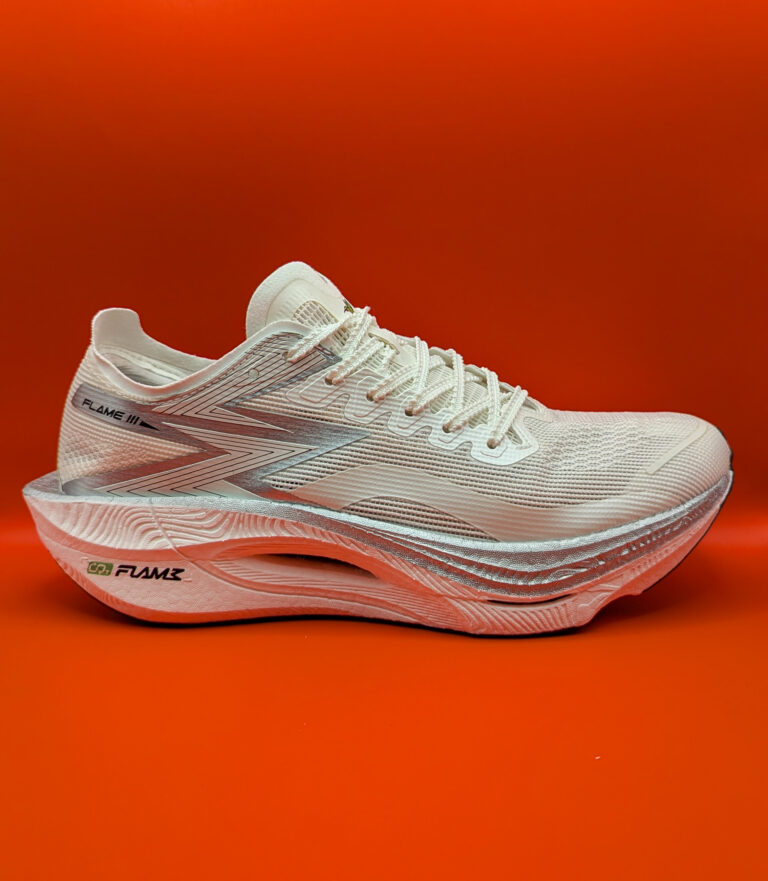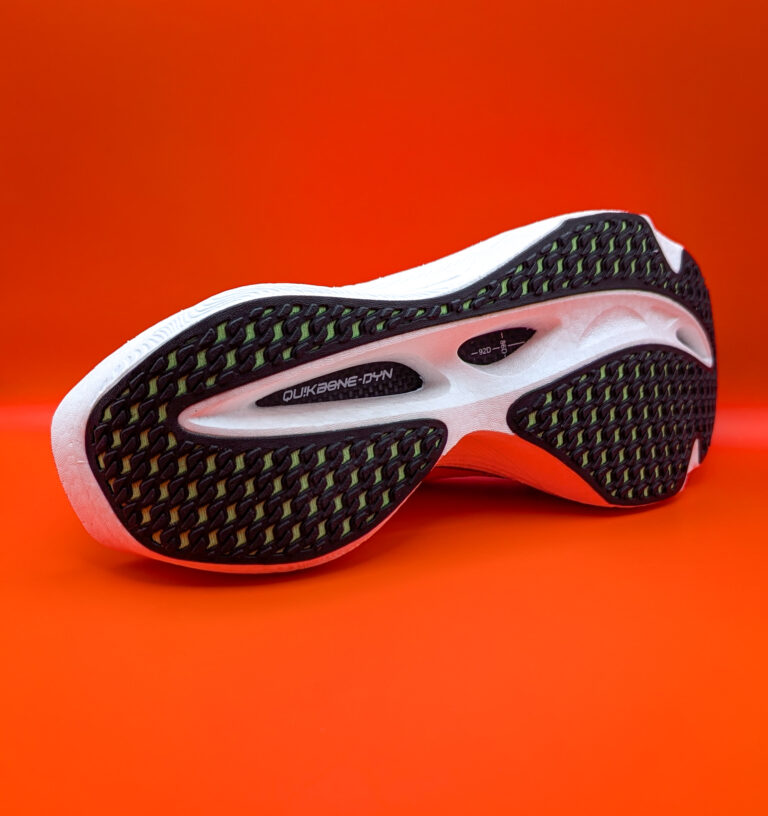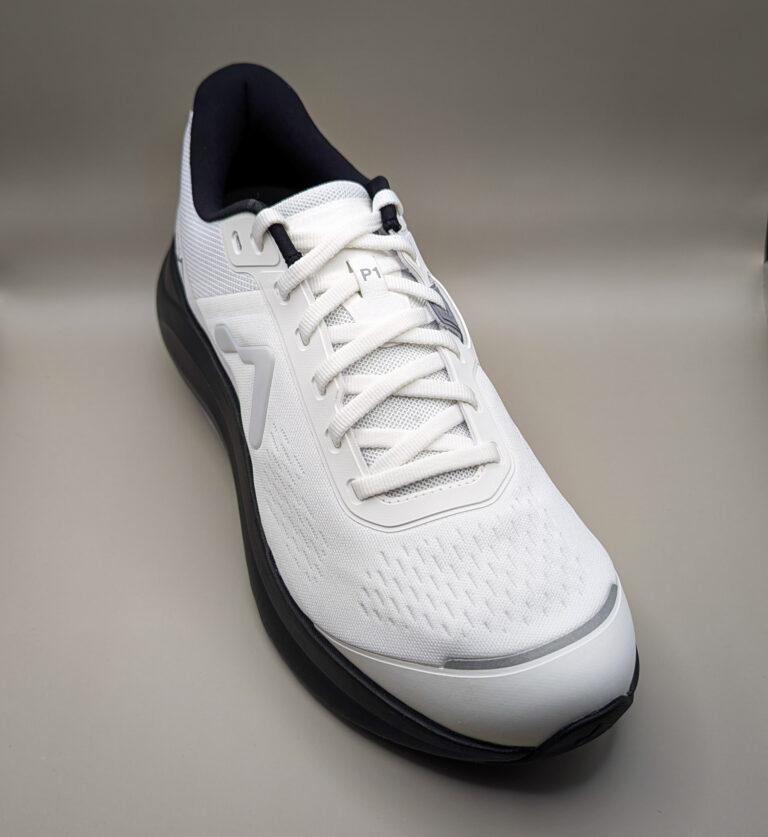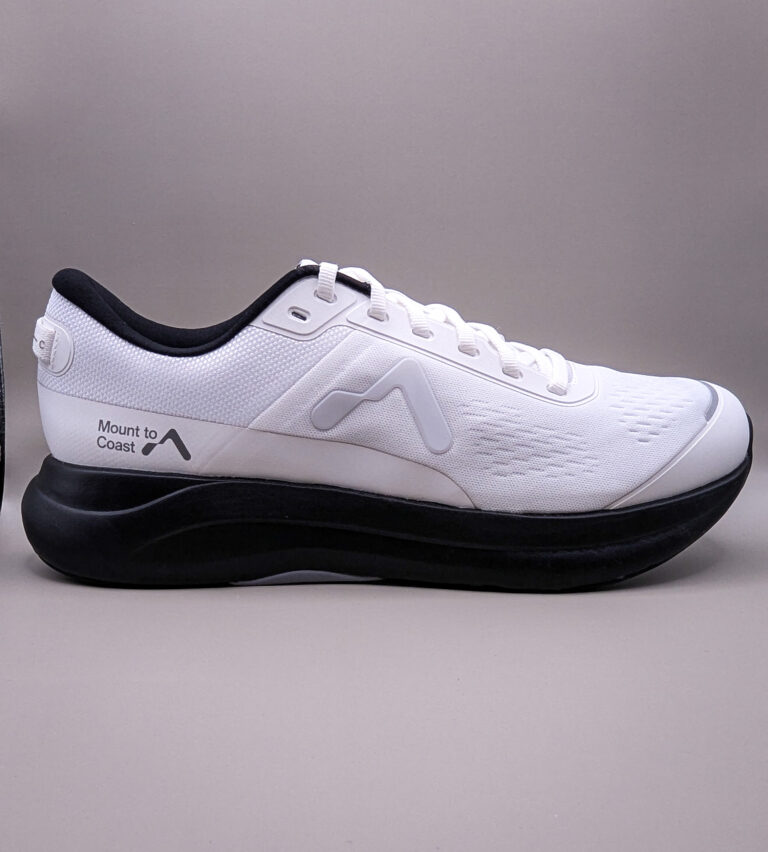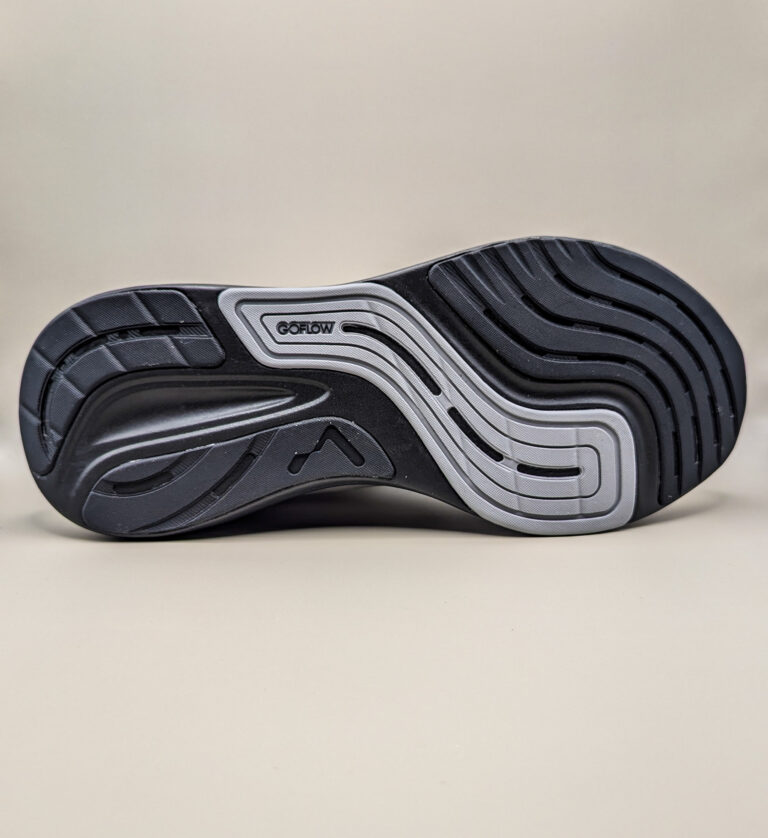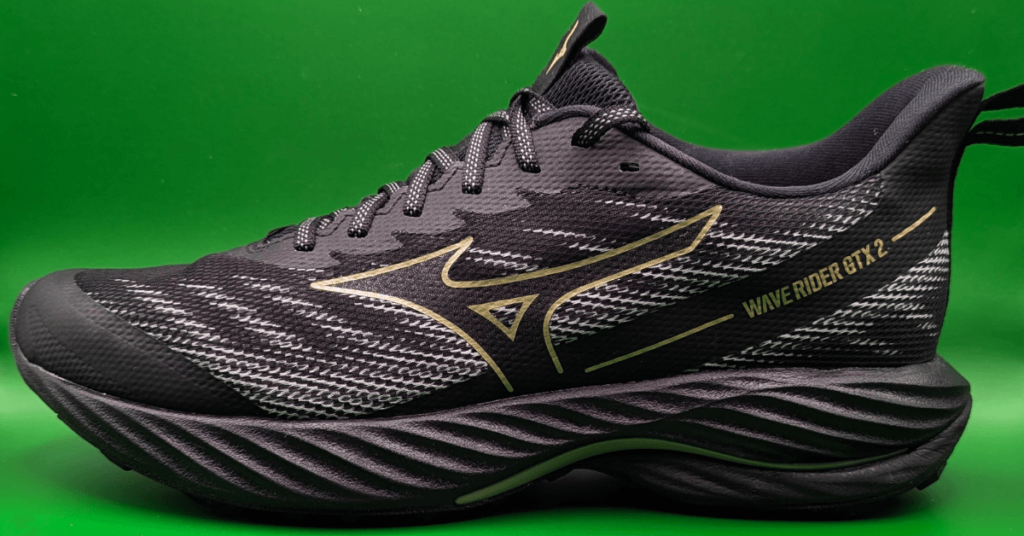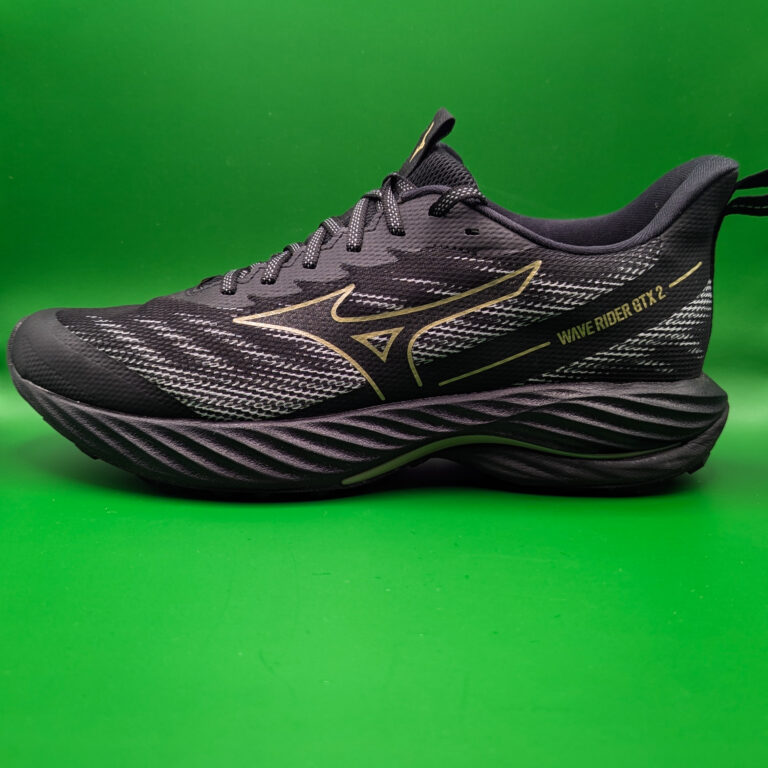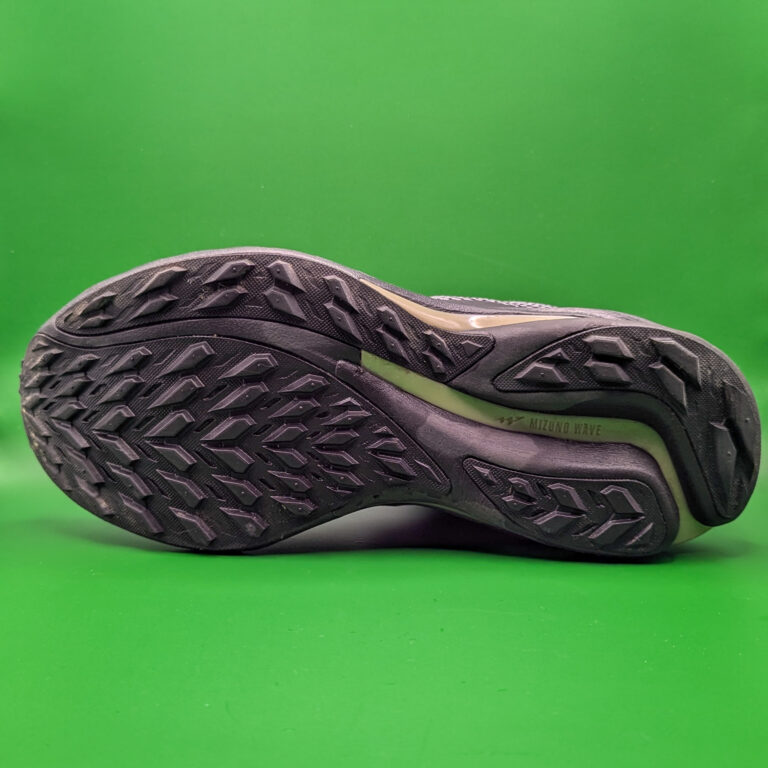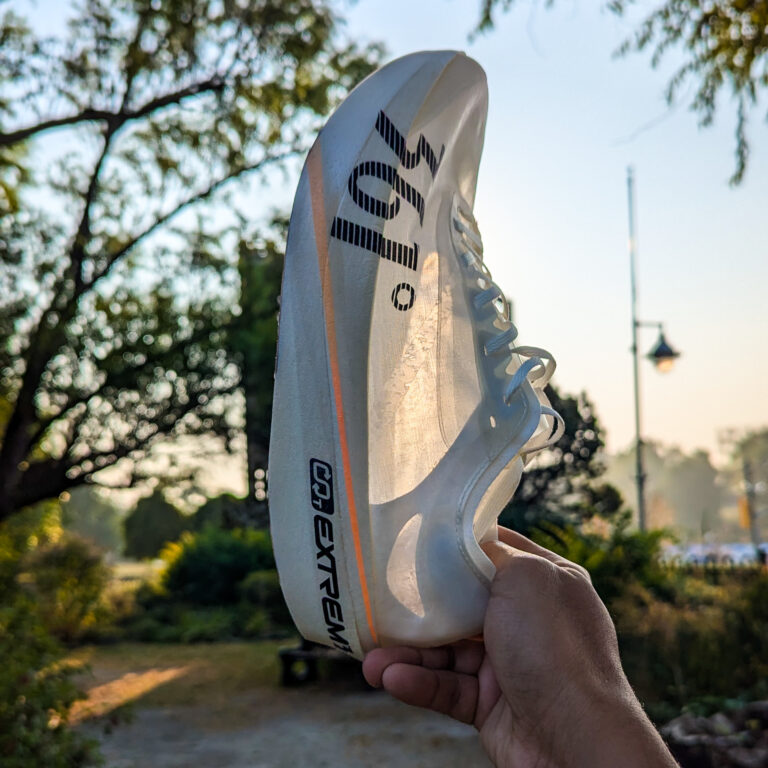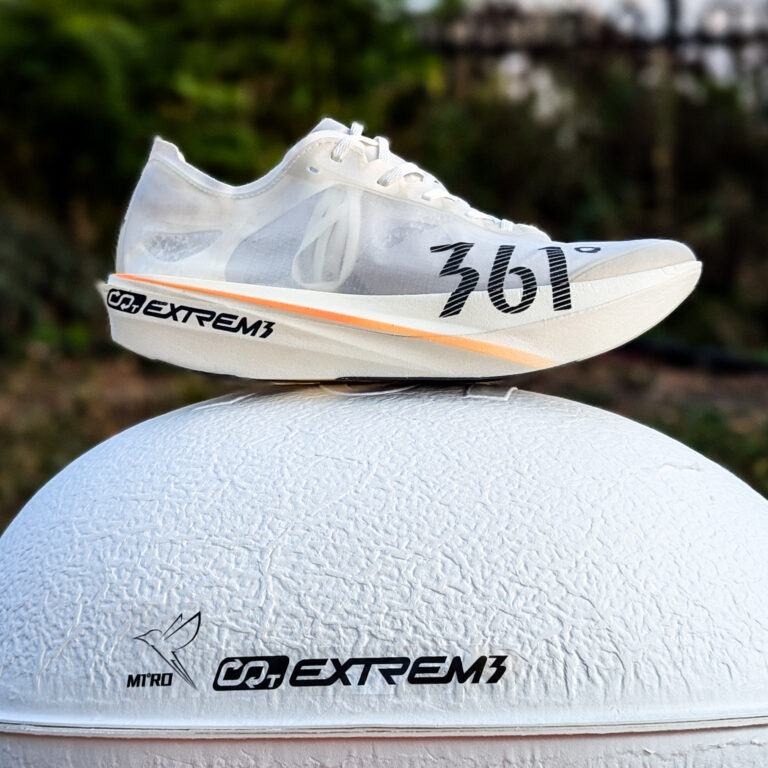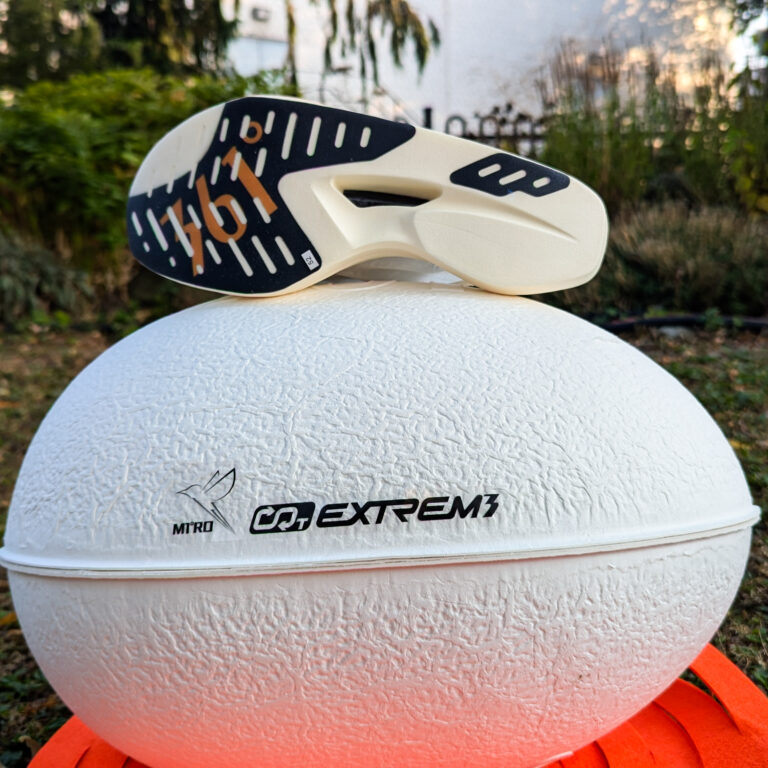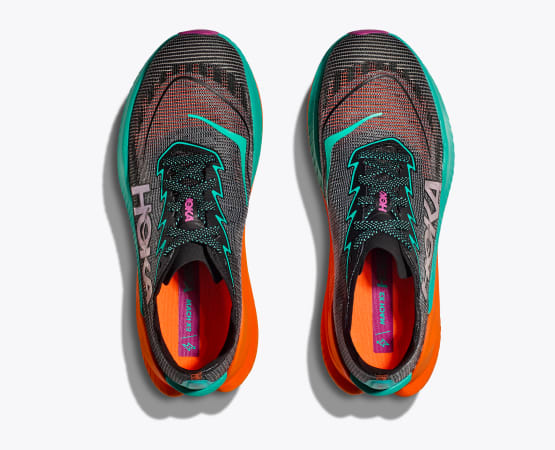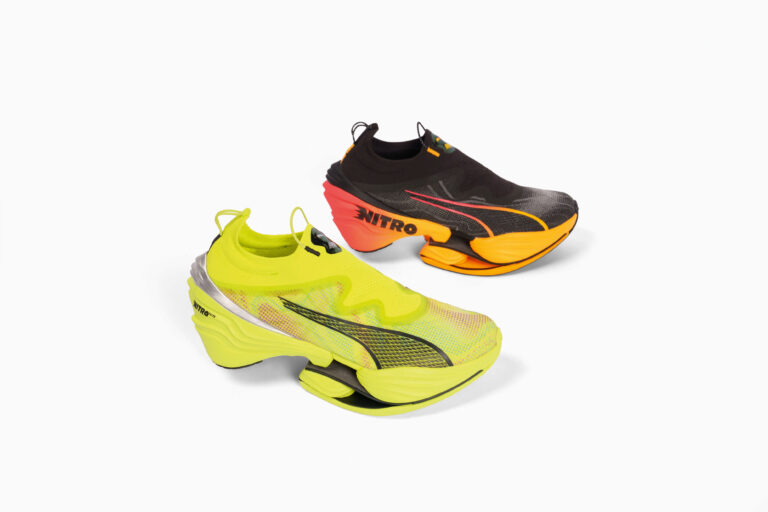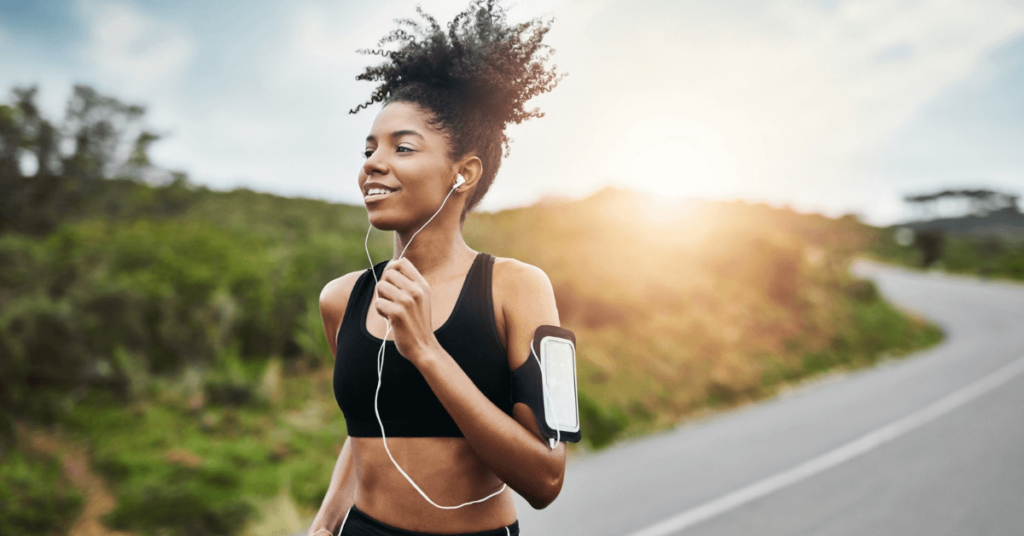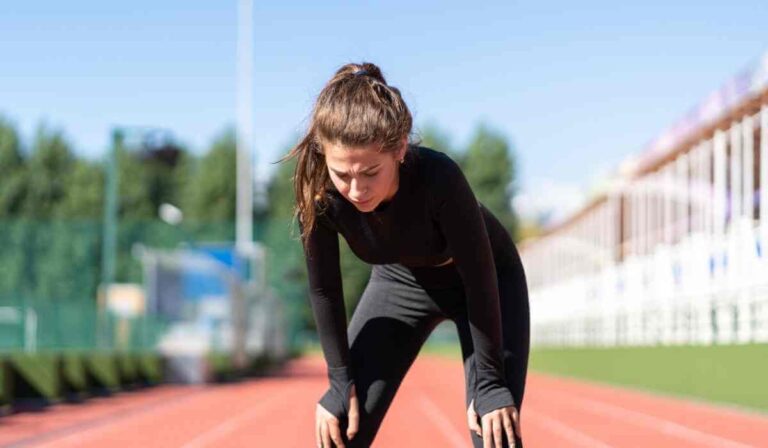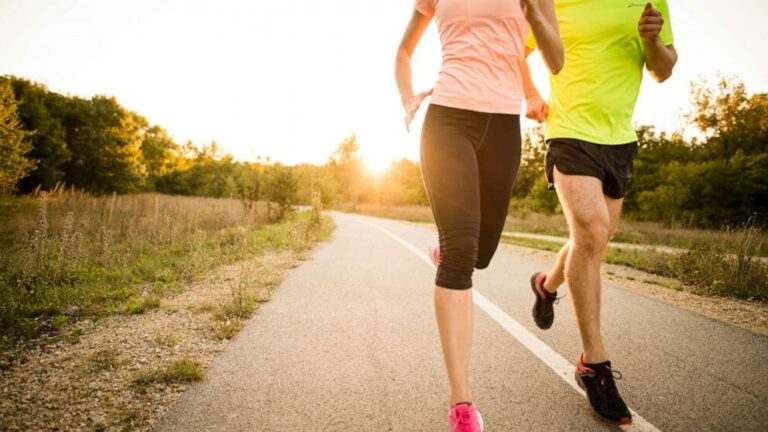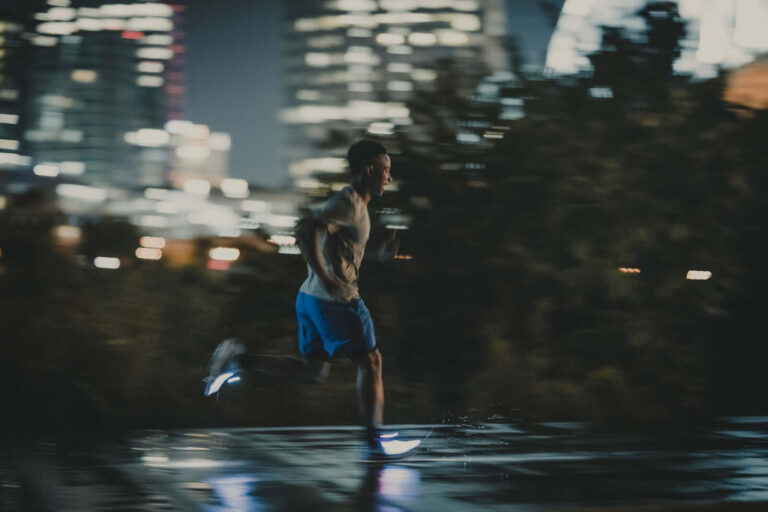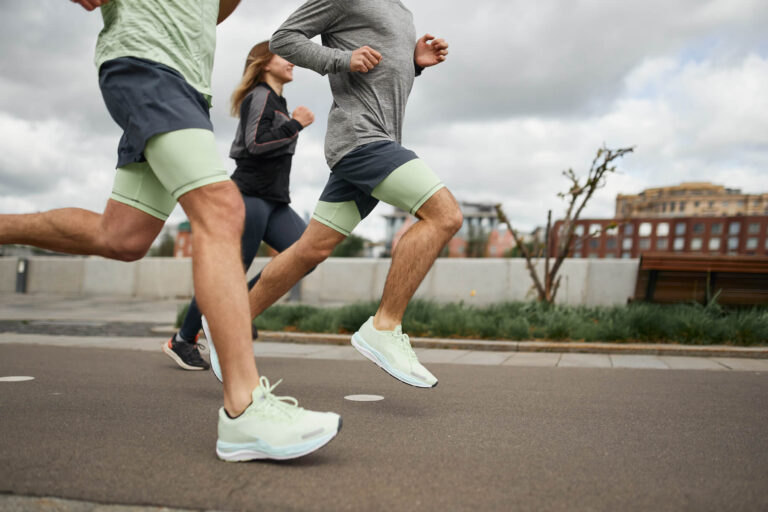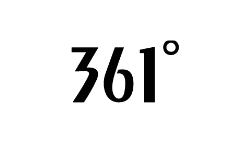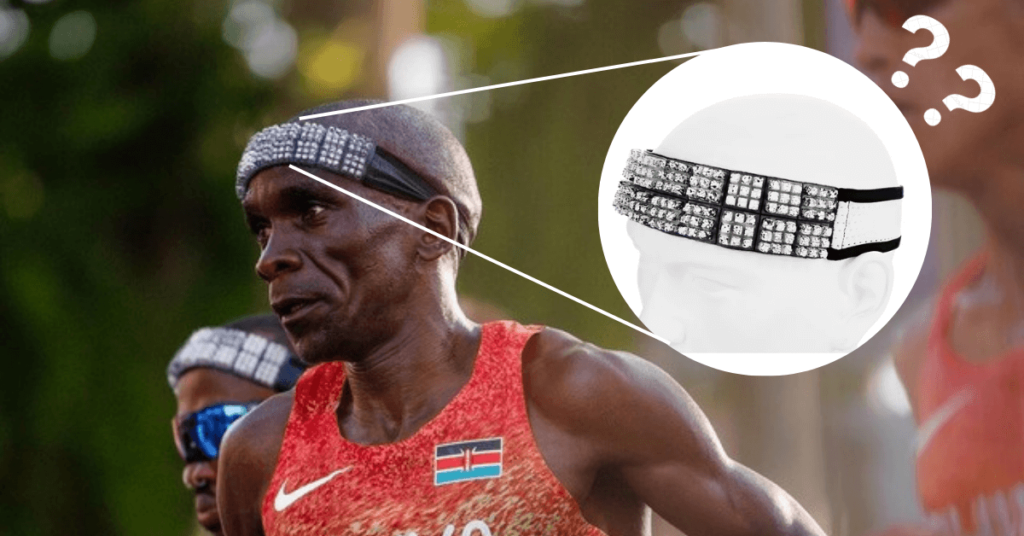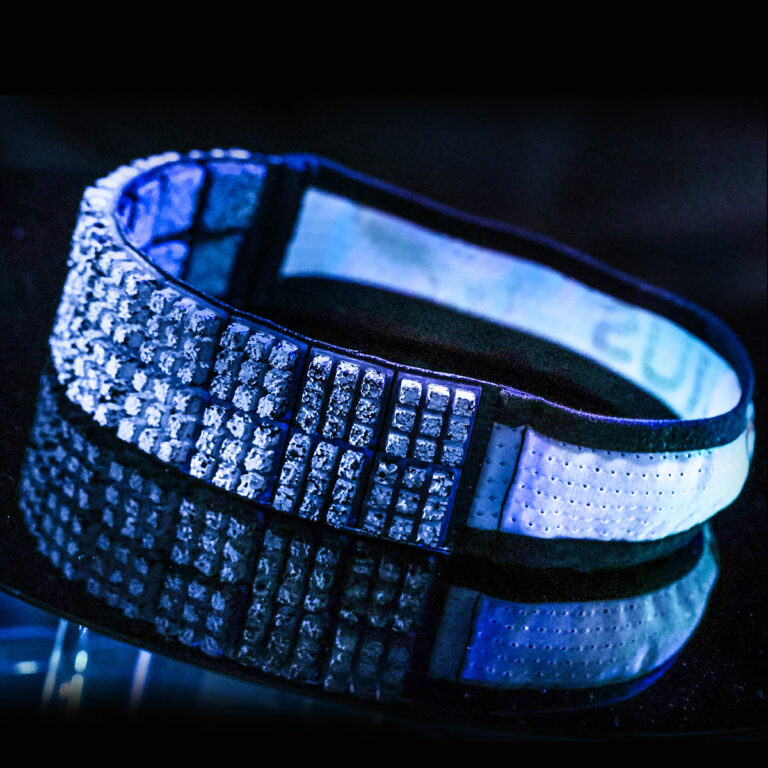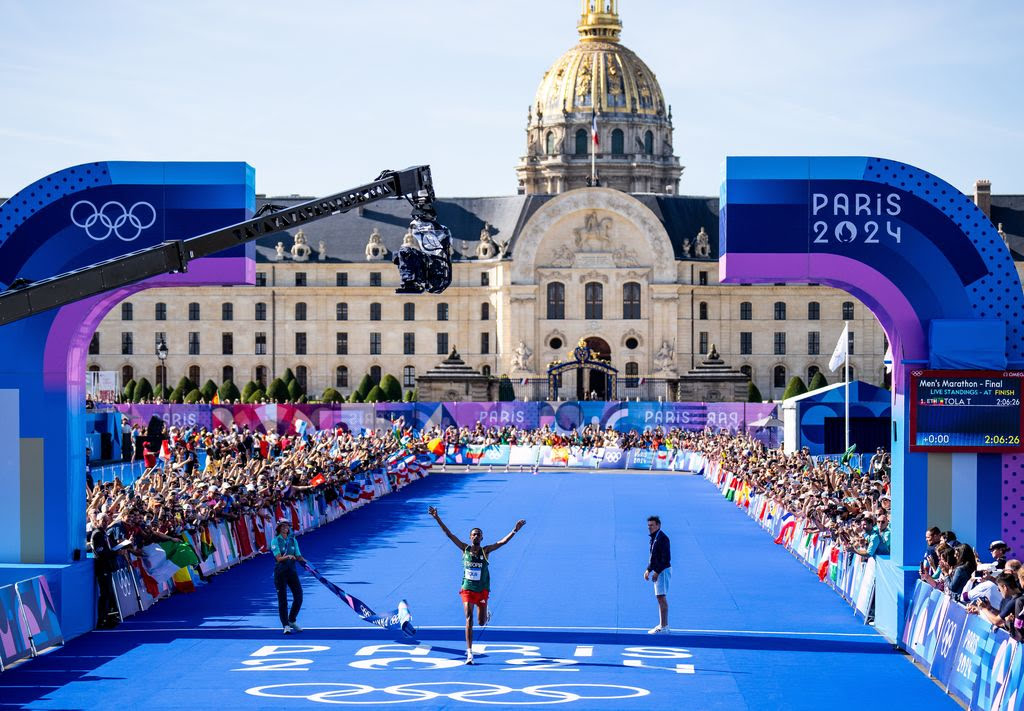Diadora Gara Carbon Review: Italian Flair Meets Race-Day Speed
Diadora, born and rooted in Italy, has a rich history that merges family tradition with high-quality craftsmanship. Operating from the Dolomites, Diadora brings a unique, thoughtful approach to its designs, embodying both style and innovation. The Gara Carbon represents Diadora’s first true attempt at a race-day shoe, and it’s packed with impressive features: a super-lightweight build, an innovative Pebax-based midsole (Anima PBX), and a premium carbon plate sourced from the same factory that supplies Ducati motorcycles. But with all these components, how does the Gara Carbon actually perform? Let’s dive in.
Table of Contents
ToggleKey specifications:
Brand: Diadora
Model: Gara Carbon
Weight: 7.7 oz / 218g for US 9 model
Heel: 39 mm
Toe: 34 mm
Heel drop: 5 mm
Carbon plate: Yes
Purpose
Race day shoes – 5k / 10k / 21k
Price of Diadora Gara Carbon
Price: $300 USD
Upper

At a light 210g (size US 8.5 / EUR 41), the Gara Carbon feels exceptionally lightweight yet comfortable, offering substantial padding in the heel and suede overlays around the eyelets. The heel counter is well-padded, providing a sturdy fit that complements the comfortable heel lockdown, even without an extra eyelet for a heel lock. The fit is slightly roomy with a longer design, so runners between sizes may prefer going half a size down.
The Matryx mesh upper, woven with carbon yarns, keeps the shoe light while delivering durability. The thin insole, though minimal, might feel overly thin to some runners; swapping it out could improve the fit if desired. Overall, the use of premium materials, especially in the Matryx upper, reinforces that Diadora has poured a lot into this shoe’s construction—a rare feature for many race-day shoes in this category.
Midsole

Diadora has created a midsole that competes with top-tier racing shoes. The 5mm drop combined with the Anima PBX foam makes this shoe incredibly responsive and cushioned. At slower paces, the Gara Carbon may lack a bit of the rocker feel, but once you push the pace, the shoe feels quick and lively. For midfoot strikers, this setup is particularly enjoyable, providing smooth toe-offs without excessive softness.
The 35mm thick Pebax foam midsole feels bouncy and cushioned, while the carbon plate adds a snappy responsiveness. This combination makes the Gara Carbon a go-to choice for road races up to half-marathon distances, especially for runners who enjoy speed intervals or tempo runs. Heel strikers will also appreciate the extended heel cushion, making the Gara Carbon suitable for diverse running styles.
Outsole

The Gara Carbon’s outsole has a simple design with blown rubber, which keeps it light and maintains solid traction on roads, even in damp conditions. While the rubber is soft and grippy, durability could be a concern on tougher surfaces. The outsole does a fine job on track and mixed terrain, though it might show wear more quickly than a sturdier outsole, especially if frequently used on dirt trails. However, the balance between grip and weight keeps this shoe responsive and comfortable on varied surfaces.
Most comparable shoes
Asics MetaSpeed Sky+
Hoka Rocket X 2
Nike Vaporfly 3
Saucony Endorphin Pro 3 & 4
New Balance SC Elite 4
Pros
✅ Balanced midsole for stability and propulsion.
✅ Versatile performance across paces.
✅ Smooth, comfortable ride at various speeds.
Cons
❌ Lacks a strong rocker effect from the midfoot.
Verdict
Diadora has created a race-day shoe that’s both stylish and high-performing with the Gara Carbon. The combination of the Matryx upper, Anima PBX midsole, and high-quality carbon plate creates a race-ready shoe that feels elegant and fast. Although slightly heavier than some competitors, it delivers a smooth ride and impressive durability, making it a unique option in the world of racing shoes. For those seeking a versatile daily trainer, Diadora Cellula provides a solid option in the lineup, while the Gara Carbon is here to make an impression with its Italian flair and speed-focused engineering.
Thinking of buying Diadora Gara Carbon?
Diadora Gara Carbon Review: Italian Flair Meets Race-Day Speed Read More »







